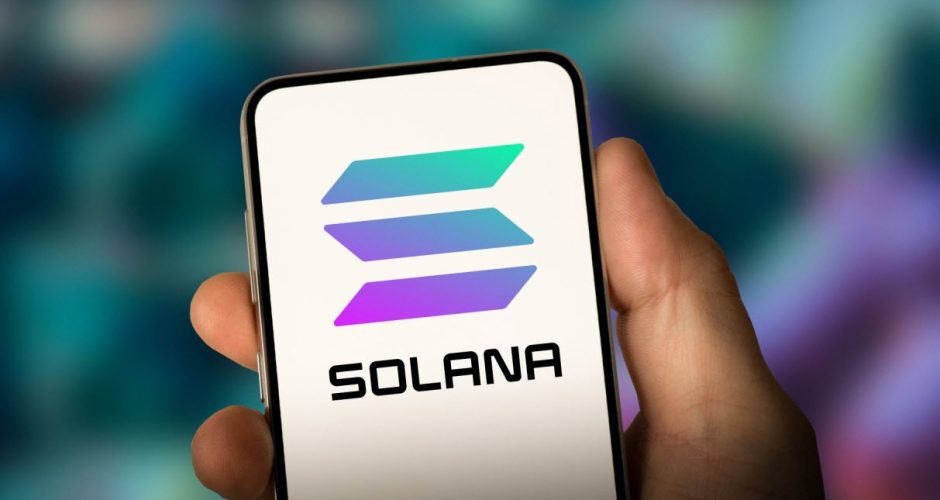In our flurry to grasp the next big thing, we have always teetered between rejection and acceptance of unfamiliar advancements. Non-Fungible Tokens (NFTs) is one such technological breakthrough that has aroused public scepticism and admiration. This article aims to dissect the argument that NFTs are a scam by critically analyzing their ecosystem, procedures, and potential pitfalls.
The Promise of NFTs
Before discussing why NFTs might be a scam, we must first understand what they are. NFTs are digital assets built on a blockchain network, typically Ethereum, serving as proof of ownership or authenticity for a unique item or piece of content. They allow artists and creators to monetize their work in the digital world.
The glowing promise of NFTs involves cutting out middlemen, direct artist-consumer relationships, and a revolutionary take on content ownership and distribution. Further, they offer an innovative perspective on art acquisition, preserving intellectual property rights, and introducing profit avenues for creators in the digital space.
Why Some Call NFTs a Scam
While the above promises sound like an artist’s utopia, the picture might be painted with different hues. Here’s why some critics label NFTs as a scam:
- Environmental Impact: Mining and executing NFT transactions on the Ethereum blockchain consume massive energy, promoting the use of fossil fuels. This high ecological cost has brought NFTs under severe scrutiny.
- Market Volatility: The cryptocurrency market, the backbone behind NFTs, is notoriously volatile and speculative. In other words, the high costs paid for certain NFTs might not hold their value over time, leading to significant financial losses.
- Questionable Ownership Rights: Owning an NFT does not automatically bestow usage or copyright rights to the buyer. The seller usually sets the terms and can, in many cases, leave the buyer with nothing more than a glorified receipt for their expensive purchase.
- Lack of Regulation: The NFT market currently operates in a largely unregulated environment. This lack of oversight can make room for fraudulent activities, scams, and market manipulations.
- The Illusion of Scarcity: The idea of owning something rare makes NFTs so alluring. However, given that digital files can be replicated infinitely, the concept of scarcity is sometimes nothing more than an illusion, a marketing gimmick to lure unsuspecting buyers.
Concluding Thoughts: Uncharted Territories or Scams?
Like all new technologies, NFTs come with their fair share of promises and tribulations. While they have revolutionized the digital marketplace and given artists a lucrative platform, they aren’t untouched by various pitfalls that have given them a scam-like image.
However, it’s essential to remember that not all NFTs are scams, but the potential for manipulation exists. Buyers must perform due diligence, understand their rights and the terms of purchase, and be wary of buying into hype.
Innovation often comes with risks, and NFTs aren’t an exception. By acknowledging these risks, understanding potential downsides, and pushing for regulation and transparency, stakeholders can harness NFTs’ transformative potential while minimizing their susceptibility to scams. It’s a careful balance—one that’s yet to be perfected in the world of NFTs.


